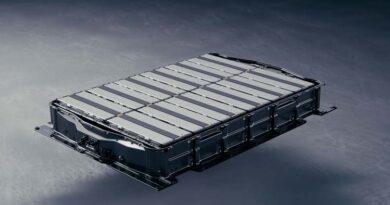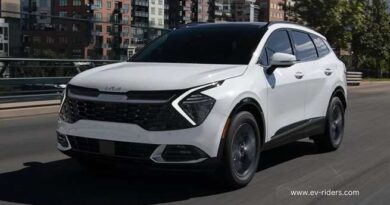BYD launching First 9000$ Sodium Ion Battery EV 2023
BYD launching First 9000$ Sodium Ion Battery EV 2023
Cheaper fast charging and no supply shortages are the dream battery material for the EV industry, and Industry leaders in China are about to make this dream a reality while Tesla expands this business by investing millions in a refinery plant.
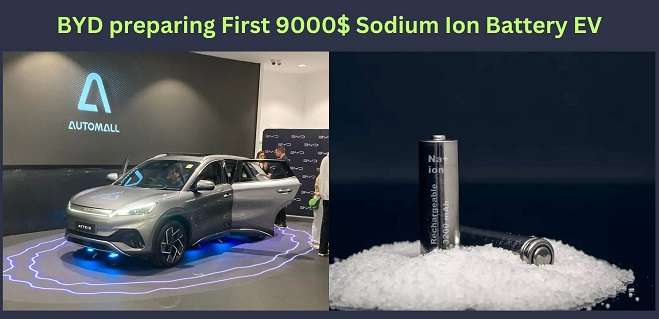
China bets on cheap next-gen sodium-ion batteries for this reason
The largest Chinese battery manufacturer in the world call, Byd has already begun mass production of sodium-ion batteries even though many experts thought it would only be suitable for stationary batteries.
China’s biggest EV manufacturer Byd shocked the industry with the first sodium-ion battery electric car, Byd deployed a sodium-ion battery in the small City of Runabout and created the most affordable electric car for less than ten thousand dollars.
However, Byd plans to implement this new Battery Technology across its entire EV range as it offers many advantages over Lithium-ion batteries.
What is this
A new electric car with a sodium ion battery could be the future of electric vehicles, how good is the car in reality, and can it compete with the lithium competitors?
Performance
The first tests were really impressive, Byd stands for build your dream, and the company is on the verge of realizing people’s dream of cheap affordable, and reliable electric cars.
Advantage
First, let’s have a quick reminder of the advantages of sodium and some background information to understand its groundbreaking nature.
When you look at the periodic table, you’ll notice that sodium is next to lithium and has very similar physical and chemical properties, but sodium is more than one thousand times more abundant being found in salt than sodium chloride.
Easy to extract and process
Much easier to extract and process sourcing, sodium is also more sustainable than mining lithium which has significant environmental impacts every ton of lithium extracted by Hard Rock mining results in the release of 15 Tons of carbon dioxide CO2 when lithium is mined, the surrounding area is inevitably contaminated with harmful chemicals including our most valuable resource drinking water, in addition, sodium-ion batteries are easy to recycle.
Not rare Earth elements
which are also associated with environmental problems together with lithium, these materials are subject to massive shortages and price Peaks, which isn’t a reliable resource for sustainable growth in the industry.
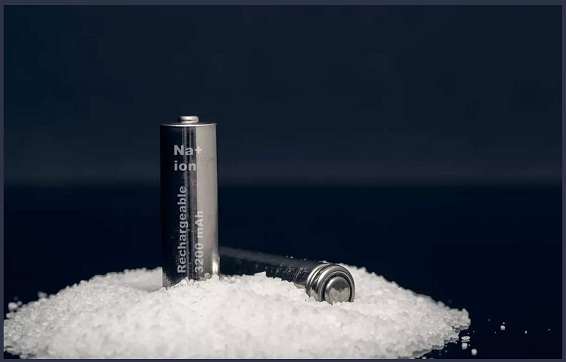
Cost Effective
Lithium hydroxide’s price Rose from six to eight hundred dollars in 2019 to 78 000 per metric ton in comparison to sodium hydroxide is below 800 dollars per metric ton.
Performance
So the most significant advantage of sodium is cost in terms of energy density and performance, it cannot compete with lithium nmc cells used in performance and long-range Tesla models, however, a significant problem with these cells is thermal runaway.
Safety
you’ve probably noticed lately that electric vehicles suddenly caught fire or exploded a safety issue that sodium-ion batteries do not have, but sodium batteries are more of a direct competitor to lithium iron, phosphate, or Lfp batteries which Tesla and other automakers put the focus on.
Iron is also a much more abundant and cheaper resource, and the battery chemistry is safer with a very high life cycle of about 3000 charging Cycles.
Even though the energy density of sodium ion batteries was initially a disadvantage that is about to change, now CATL quotes up to 160 Watt-hours per kilogram in the first generation sodium ion cells, which is even higher than the first lap battery pack Tesla used in the model 3 standard range Plus in 2020.
Related Post
- Ford CEO Confirms New Ford Maverick 2023 production
- Elon Musk Was Right About Rivian bankruptcy probability
It only reached 125 Watt-hours per kilogram in the early days and still covered a decent range of 210 miles. The LFP battery has continuously evolved into a reliable and affordable battery pack with a solid energy density of 160 Watt-hours per kilogram and is still improving, but Catl already achieved that with the first gen sodium battery and set the goal of 200-watt hours per kilogram for the Next Generation.
That changes everything for the industry because sodium-ion batteries beat LFP in two critical points sodium-ion batteries can be charged up way faster and are more resistant to cold temperatures while LFP batteries lose significant capacity in cold temperatures sodium batteries obtain 90 percent of their capacity even at minus 20 degrees Celsius.
Surprisingly a relatively unknown Chinese company called sea Hall was the first one to put sodium-ion batteries in a small City Runabout for test purposes, and the results were pretty impressive.
They equipped the Seahawk e10x with a 120-watt-hour per kilogram sodium-ion battery. The small 25000-watt-hour sodium ion battery covers a decent distance of 155 miles and can recover 80 percent of its battery in only 15 minutes perfect for short-haul city drivers, furthermore, the tests verified two thousand to three thousand charging Cycles resulting in a median lifetime of 390000 miles.
Those are impressive stats for an electric vehicle costing only six thousand eight hundred dollars mass production will ultimately reduce up to 40 percent of battery cost realizing the dream of affordable electric cars.
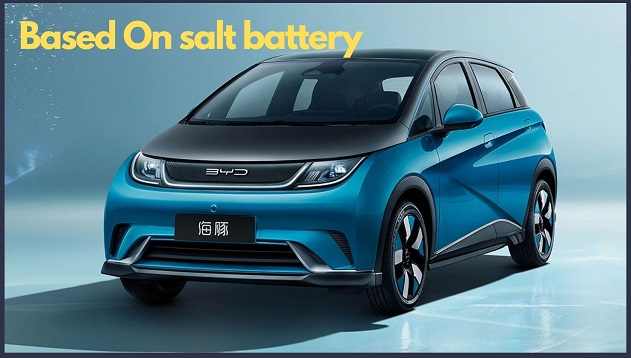
However, Byd will probably be the first company to launch sodium ion battery electric cars with their best-selling models Byd is the world’s largest rechargeable car manufacturer with a total of over 1.8 million units sold in 2022 and also the fastest growing the company already began and testing the materials for the sodium ion batteries back in December last year and will conduct a and b samples in the first quarter of 2023 with preliminary results expected in June if successful Byd plans to start mass production of the sodium ion batteries in the second quarter of 2023 which will initially be used in the Byd seagull a smaller sibling of the dolphin model and perfect for short-haul City Driving.
The city Runabout offered both sodium ion and lithium-ion battery versions with the former expected to be priced as low as sixty thousand one or eight thousand four hundred eighty-four dollars and the lithium version expected to be about eleven thousand six hundred dollars. The Byd seagull with the sodium ion battery comes with a range of 185 miles, while the lithium-ion version covers 250 miles.
The sodium ion batteries first be featured in smaller EVS of the brand and such as the Byd Quinn dolphin and the new seagull, however, as sodium ion technology advances, they also plan to use it in shorter range versions of the company’s best-selling models such as the Byd Auto 3 the Byd seal or the Byd Han as batteries are still the most expensive part of an electric vehicle.
That will further reduce the cost of higher premium models and make electric cars more affordable in the long term if lithium battery prices remain high through 2026.
There is a window of opportunity for sodium-ion batteries to grow title has already started mass-producing sodium-ion batteries and has long-term Partnerships with automakers like Tesla, as a result, the sodium ion battery has an excellent opportunity for mass adoption in the industry and becoming a standard for safe reliable and most importantly affordable electric cars.
What is your opinion about sodium-ion batteries, let me know in the comment section down below, and if you like this article and stay updated about the world of the latest car and technology then please bookmark this website.
Related Post


